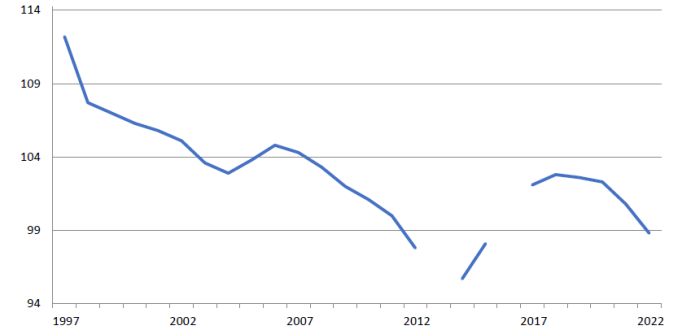Recently I attended a high school football game just a few blocks from that community’s local cattle auction. As I watched the players warming up, I hardly noticed the bawling noises made by the calves who had been delivered earlier that day in preparation for the big sale the next day. A group of parents soon asked me, “What’s all that noise? What’s going on? Why are those calves bawling? What’s wrong with them?” Like many people who work in agriculture, I forgot that even though we might live in western Nebraska, as rural as it gets, not everyone is from an agriculture background and understands it, but we all depend on agriculture for our food. So let me explain.
Why is that calf bawling?
The calves we could hear at the football stadium were recently separated from their mothers and moved to unfamiliar surroundings. The calves were not bawling because they were physically in pain, they simply wanted to be back with their mothers in familiar surroundings. The calves had access to water and hay and had a place to lie down; it just wasn’t where they wanted to be.
This experience is a little like taking a kid to college. The parent and the child experience a little anxiety, but that subsides and both adjust to a new phase of life. The calf usually takes about three or four days to adjust to a diet without milk and to new surroundings.
Do ranchers care about the calves?
Consumers must remember two things about cattle producers. The first is that they work very hard in all types of weather and on holidays to make sure cattle are cared for and comfortable before they take care of their own needs because the livestock always come first.
The second thing to remember is that while they raise cattle because they love that way of life, they do also have to feed their families and that calf crop is their one paycheck a year. Therefore, they do want the calves to be as comfortable and healthy as possible.
What does the rancher do to help the calf?
When the calves are weaned, they are generally six to eight months of age. They have received passive immunity through the mother’s milk and they have learned to eat solid food such as grass or hay. Additionally, to set them up to develop their own immunity, they are given vaccines against respiratory and digestive infections when they are approximately two months old.
Typically, calves are given a booster vaccine approximately four weeks prior to weaning, and then again at weaning. Calves are also given nutritious feed and fresh water to help them build an immune system prior to weaning.
Healthy calves and antibiotic use
Limiting antibiotic use is important to ranchers. All of us should do our part to reduce antibiotic use and prevent antibiotic resistance to the best of our ability. For humans, that means eating healthy and following label directions when we do receive antibiotics.
For ranchers, it means preparing the calf to be as successful as possible so that antibiotic use is not necessary or is limited. When an antibiotic needs to be administered, it typically only takes one dose for the animal to get well. This is much like getting a prescription for a small child for an ear infection. That child is not on the antibiotic the rest of his life, and neither is the calf.
Ranchers work hard to produce healthy, thriving calves. So the next time you attend a football game on a crisp fall evening in rural Nebraska and you hear bawling calves, just think of it as moving into a new dorm room.



